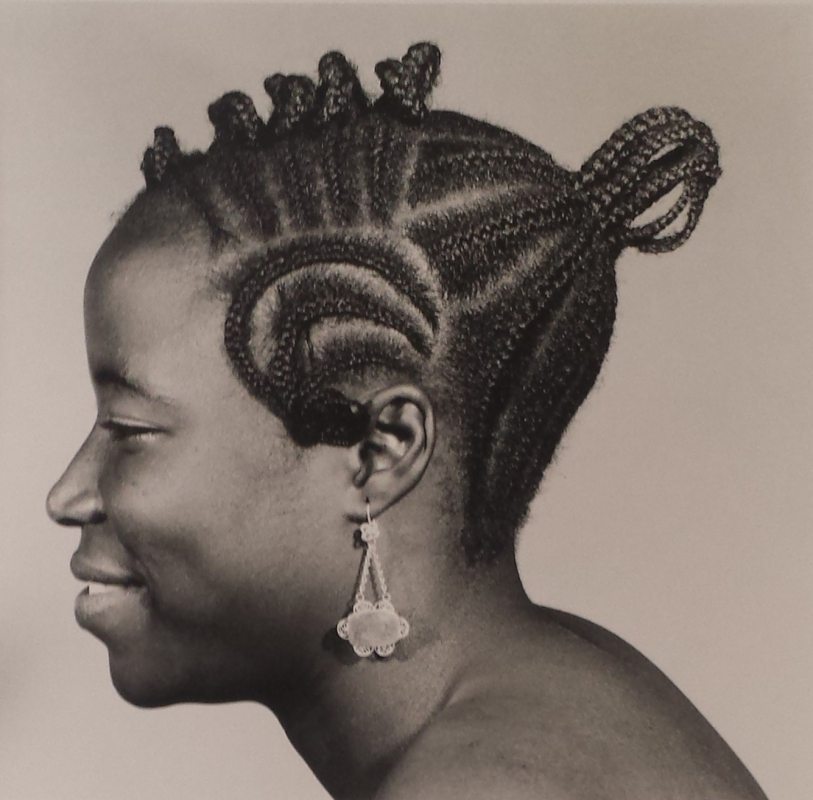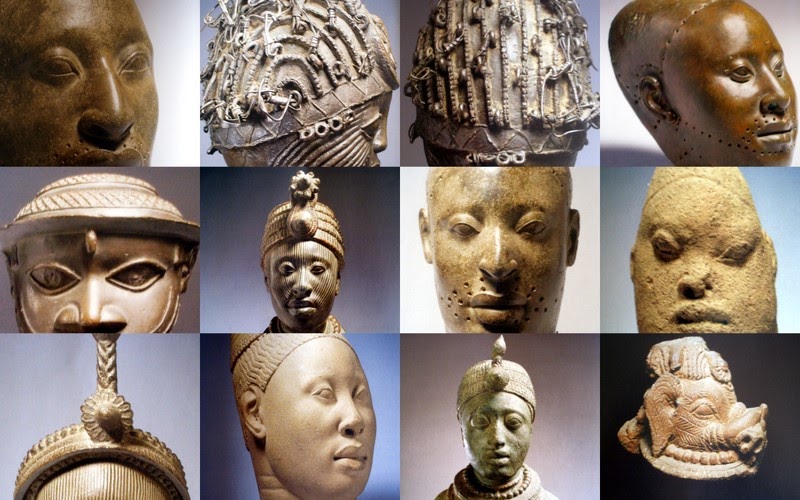Nigerian hairstyles are beautiful and unique. Although one may look at it as same as the regular cornrow hairstyles, their names and backstories make them unique. These Nigerian hairstyles with attachments are possible to achieve and though weave hairstyles seem to have taken over, the younger generation still has a fair share of exposure to the Nigerian hair culture because of school rules. In its deep-rooted meaning, the hair of a Nigerian woman is her crowning glory. These hairstyles help to show the beauty and strength of a woman. In time past women adorned their hair according to occasion and tribe, and cowry was the most common hair accessory. The long, dark and thick strands of a Nigerian woman’s hair can shapeshift into different styles and twists, you’d be surprised how these hairstyles came to be. Having short hair doesn’t mean you cannot weave your hair, Nigerian hairstyles can be done with wool, kanekalon hair otherwise known as attachment, rubber thread, etc.
Nearly every Nigerian girl and African girl as a whole, has had her fair share of cornrow hairstyles. From Mummy Adura’s painful grip as she forces a style on you, to being old enough decide the hairstyle you want every other week. It was once a staple for every hair salon to have a style chart for girls to point to the hairstyle they wanted. Here are some legendary Nigerian hairstyles.
-
Shuku

Shuku is a hairstyle that is not loved at first but is loved as we age. There’s something about it that makes little girls not prefer it. Shuku is a Yoruba hairstyle that involves braiding the hair all to the middle of one’s head to form a volcano. In simple terms, shuku is a braided high ponytail. This hairstyle is a staple in Yoruba culture, formerly reserved for wives of royalty but is worn by anyone today. Shuku comes in variants, shuku onididi (inverted braids), shuku ologede (banana shaped braids) and more.
-
All Back

All back hairstyle is the easiest Nigerian hairstyle and is popular among black women around the world. The hair is simply braided all to the back. This hairstyle is very functional as it is said to grow the hair, and it’s the most convenient protective hairstyle when wearing wigs. All back brings out the shape of a woman’s face and accentuates the size of her forehead. Sometimes this legendary hairstyle was used as a punishment for disobedient daughters by their mothers.
-
Eko Bridge

Eko Bridge is a traditional hairstyle that mimics the actual Eko Bridge (Lagos Bridge). The hairstyle is achieved by dividing the hair down the middle into various sections. Each section of hair is wrapped in black rubber thread and twisted to form a bridge on the head. This hairstyle is common amongst the natives and school girls.
-
Police Cap

Police Cap is a funny name for a hairstyle, but that’s Nigerian hairstyle for you. this hairstyle as the name implies imitates the shape and style of the police cap which is a beret. The hair is braided all to the front and drops down over the forehead.
-
Patewo

Patewo which is the Yoruba translation for English word ‘clap’ is Nigerian hairstyle that looks like clapped hands, hence the name, patewo. The hair is divided vertically down the middle and braided horizontally to the division. Patewo also resembles the mohawk, but braided and excludes shaved hair, the patewo hairstyle can be easily combined with all back and a fringe (base) to make it more interesting.
-
Koroba

Koroba is a very unique Nigerian hairstyle. The hairstyle is often called a basket because it looks like a basket faced down. It is also called an inverted shuku sometimes because it is the reverse of the shuku hairstyle. The hair is braided downwards from the middle on all sides, forming a basket shape.
-
Two Steps

Two steps as the name implies is a Nigerian hairstyle that is braided in two steps. This hairstyle is common for the primary and secondary school ‘It Girls’. No real reason behind it but it is just common to see the popular girls rocking the two steps. To achieve this hairstyle, the hair is divided horizontally down the middle, and each section is braided to the back, forming two steps of braids.
-
Telephone Wire

Telephone Wire hairstyle is the national 5th birthday hairstyle in Nigeria, based on its popularity. When a girl turns 5 it is almost certain her mum will have the telephone wire curls done on her hair. These curls are a popular hair extension used to achieve a curly ponytail otherwise known as packing gel, hairstyle for kids. The curls are just like that of a telephone wire hence the name.
-
Round About
The round about hairstyle is just as the name implies. The hair is woven in one braid around the head. The starting point could be the middle of the head or back or front edge of one’s hair. this hairstyle brings out the shape of the head and looks like a cinnamon roll. It is not the most preferred hairstyle by anyone.
-
Alicia Keys

This hairstyle is named after its pioneer, Alicia Keys. The beautiful artist was known in the early 2000s for her heavily designed cornrows. Her hair had curves, crosses, and zigzag designs in them and young Nigerian girls loved it. anyone who wished to have their hair braided like so would simply request for an Alicia Keys.
-
Abeti Aja

Abeti Aja is a traditional Yoruba hairstyle which translates to ‘like dog ears’ in literal terms. For this hairstyle, the hair is braided to form two dog ears, more or so a double shuku. The hair will then fall on both sides of the head, over the ears.
-
Beret

The beret is a clothing piece that is a part of a uniform or a fashion piece. It is a French style headwear that is soft, round and crown-flat, often worn by artists, the French, soldiers, police officers, and students. The beret hairstyle imitates the headwear. The hair is woven all to either the left or right front corner of the head and dropping over one side of the forehead and ear.
-
All Back and Base

The All back and base hairstyle is the most common hairstyle mix. The hair is braided all to the back with a little section in front braided into a side fringe to form the base. This mixed hairstyle is the simplest of all and can be jazzed up as pleased.
-
Bob Marley

Bob Marley is not just a musical legend and icon, Bob Marley is also the inspiration for popular single braids hairstyle. This hairstyle is the go-to holiday hairstyle for Nigerian girls, especially teenagers. The hair is braided using kanekalon attachments in singles and is usually fuller than regular braids. Today, Bob Marley is referred to as just braids.
-
Didi

Didi is a braiding technique and overall, Nigerian hairstyle. This technique is used to stimulate hair growth. The difference between didi and regular cornrows is that didi braids are inverted braids. Hairstylists usually stand in the opposite direction of the braids they’re making to achieve this style. It was because of didi, Aunty Zainab would place your had between her knees to weave your hair.







